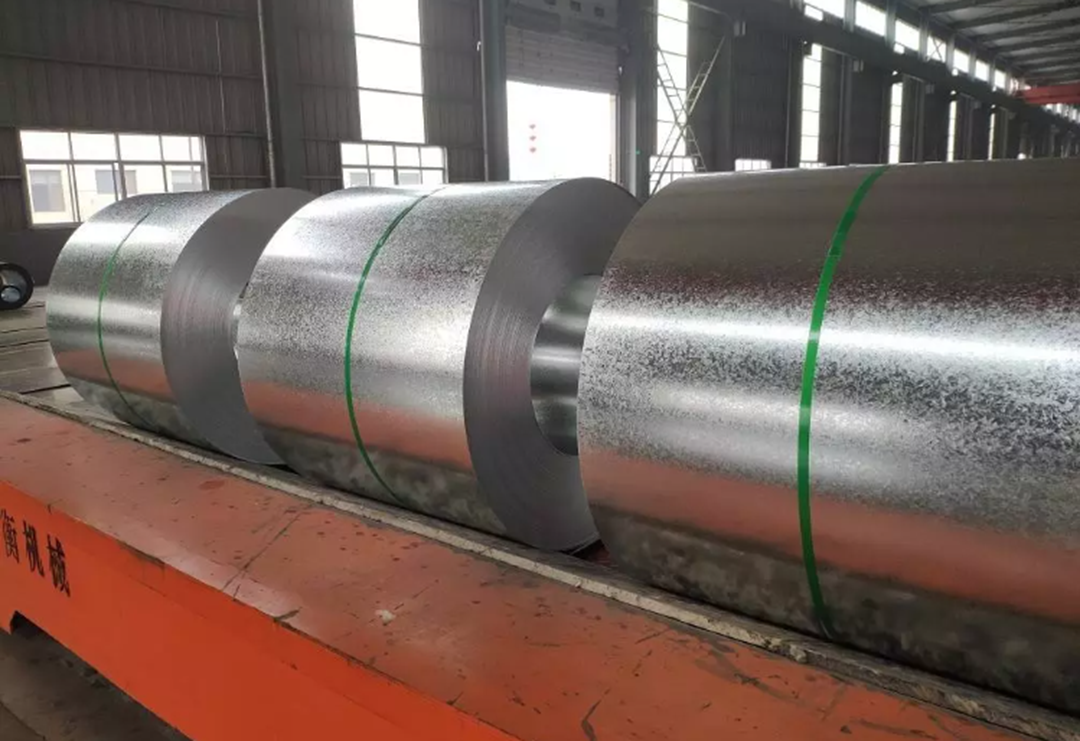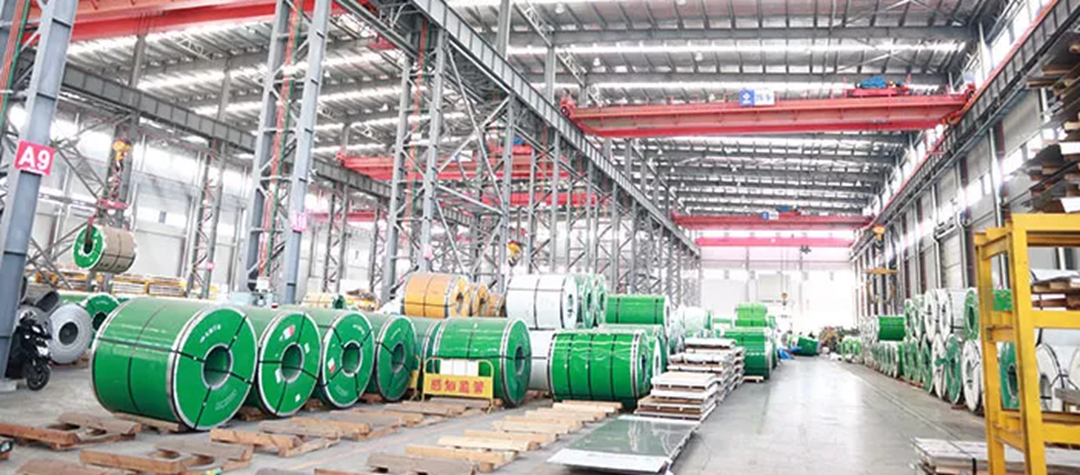28
2020
what happens when GI sheet is exposed to the air
GI sheet is to prevent the surface of the steel plate from being corroded and prolong its service life, a layer of metal zinc is coated on the surface of the steel plate. This zinc-coated steel plate is called GI sheet. Generally widely used in construction, home appliances, vehicles and ships, container manufacturing, electromechanical industry, etc.
The categories of GI sheets are
1. Hot dip GI sheet
2. Alloying GI sheet
3. Electro-galvanized GI sheet
Fourth, single-sided plating and double-sided difference GI sheet
5. Alloy and composite GI sheet

So what happens when GI sheet is exposed to the air? In order to have a better in-depth understanding of the product and to gain some new inspiration in storage, let’s learn about it together!
When GI sheet is exposed to the air, as long as it will produce dry corrosion, wet and cold corrosion and wet corrosion.
Dry etching refers to the erosion of the surface layer of GI sheet in ambient air with air humidity below 30% that does not produce a continuous electrolyte water film. At this time, the corrosion rate of GI sheet is relatively slow, but such natural environment standards are relatively few.
Wet and cold etching refers to the etching of GI sheet in ambient air with air humidity exceeding 30% and less than 100%. In this case, there is dust on the surface of the GI sheet, and there are micropores and gaps in the rust layer, which cause absorption by the microscope, resulting in shrinking water that cannot be seen by the human eye. fast.
Wet etching refers to the erosion of GI sheet in the humid and cold ambient air with air humidity exceeding 100%, and the surface layer has solidified shrinkage water that can be seen by the human eye. In this case, the surface layer of the GI sheet shrinks and the water is thicker, so that the diffusion rate of oxygen to the outside of the steel surface layer after melting is relatively slow, which reduces the rate of corrosion. In fact, the corrosion of GI sheet is closely related to the shrinking water of the surface layer between the two, and because of the presence of water, CO2 is dissolved in the water, so that iron produces a weak electrolyte, resulting in a series of weak electrolyte reactions.

The CO2 in the gas is continuously dissolved in the water, and the reaction is continuously carried out. Since the key product reflected is bright red, the substance after iron air oxidation is generally called “red rust”. The red rust is very loose and very easy to melt. It is impossible to protect the surface of the GI sheet from being eroded again, so the corrosion of the GI sheet is carried out until it is completely etched. It is the characteristic of steel. Because of this, the GI sheet must be coated with other metal materials or the thickness of the metal material protective layer to reasonably avoid the corrosion of the GI sheet.
The above are some corrosion characteristics of GI sheet. If you want to know more, you can continue to pay attention to us.
